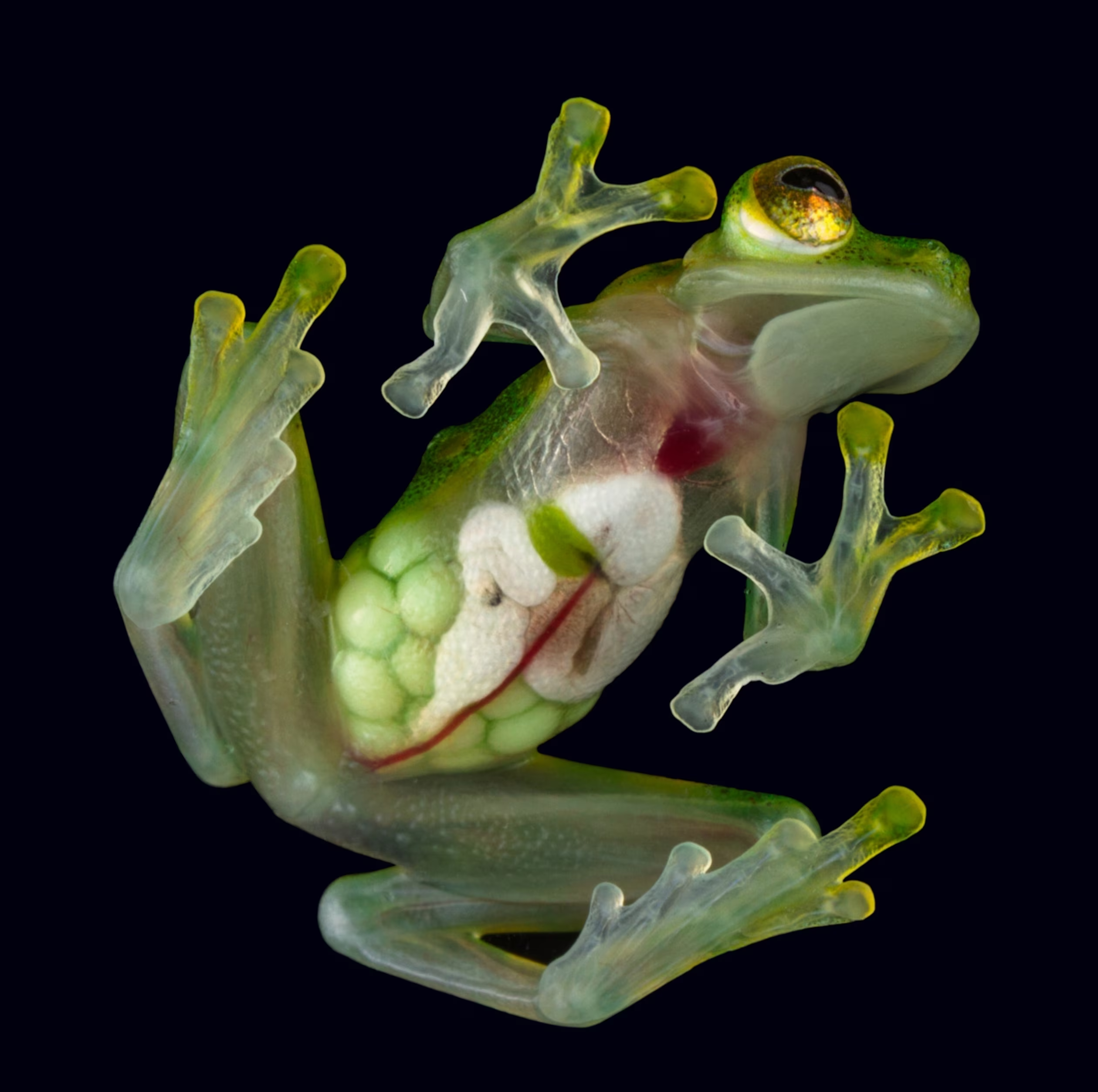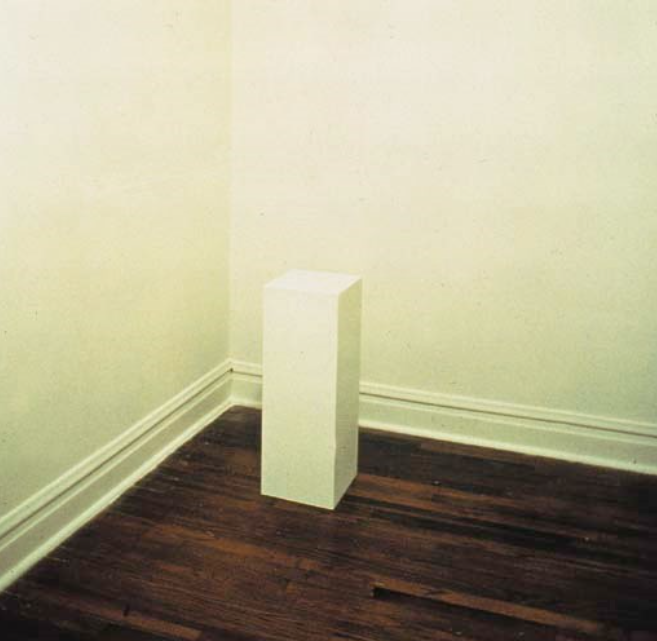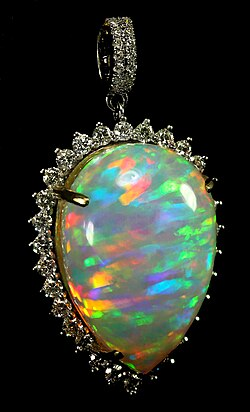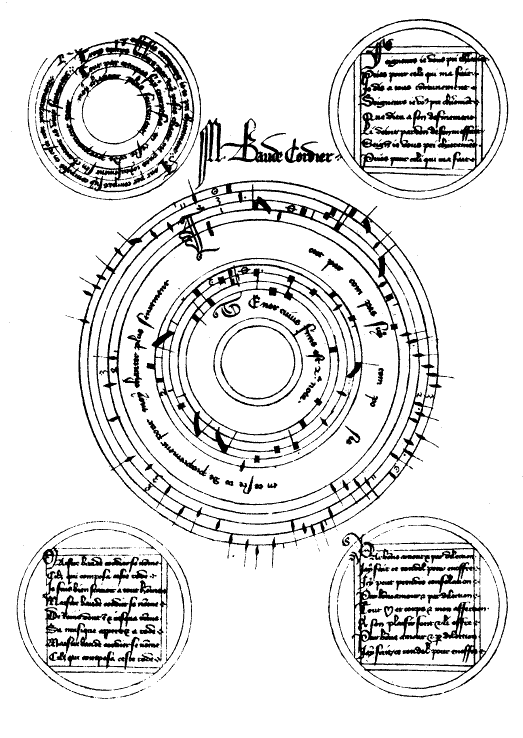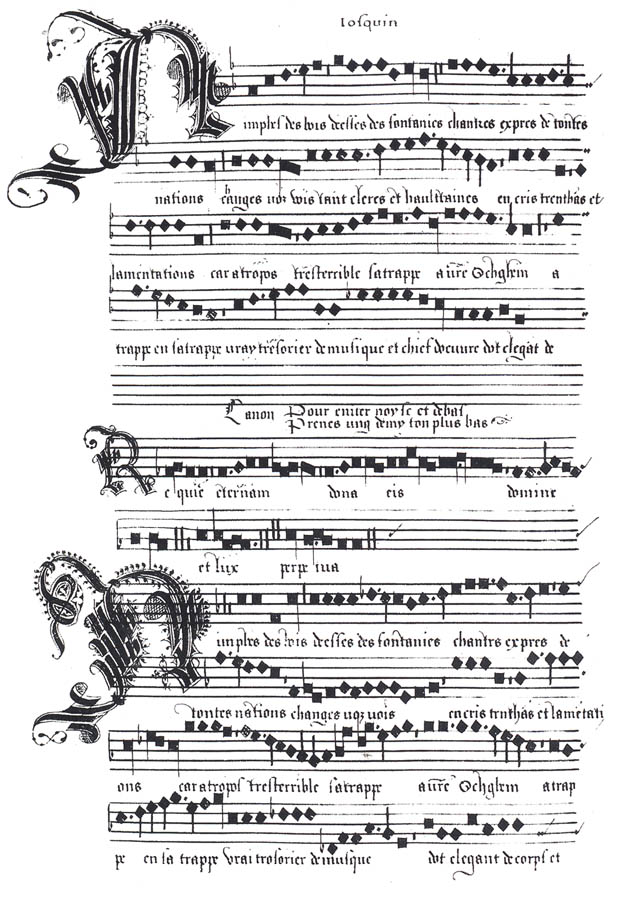created, =this.created & modified, =this.modified
tags:y2025aggregatortransparencyinvisibility
Alpha Channel
A printed page, or pixel can only be one color at a point.
The Alpha Channel was introduced in the late 70s by Alvy Ray Smith and Ed Catmull at the NYIT Computer Graphics lab.
The alpha channel represents the degree of opacity (also defined as transparency) of a computer-generated image, video footage, or the bump, displacement, or opacity properties of a 3D texture. (It must be interposed that not every video, Image, or texture format automatically contains an alpha channel.)
Alpha channels can be used as layer masks and selecting tools.
The use of the term alpha is explained by Smith as follows: “We called it that because of the classic linear interpolation formula
αA + (1-α)B
that uses the Greek letter α to control the amount of interpolation between, in this case, two images A and B.”
Invisible Ball
Invisible Ball
created,
=this.created& modified,=this.modifiedtags:gameslostinvisibility rel: When H.A.R.L.I.E. Was One by David GerroldDid you see the invisible gorilla at the table in the corner?
We used to play head games like this all the time in school. They’re best when you’re stoned. Then they’re most real. It’s all about reality isn’t it? If you can get enough people to see the invisible gorilla, then it really is there, isn’t it? - When H.A.R.L.I.E. Was One by David Gerrold
How would a game with a hypothetical invisible ball work?
How would a game with an imaginary ball work?
You can see people mimicking a pass, like throwing a football, and imagine catch (with simulated impact.) How does this differ from the real balls being thrown or the invisible ball?
If we make this game completely rule based, and strict, how would it work?
What happens when a ball is dropped? What happens if there’s ambiguity between passes? (spawning new imaginary balls?) One imaginary ball catch can have multiple interpreted paths even before the catch. The catch can be actually a miss, but the action is mimicking an imaginary catch (a deception.)
Improv Game
There’s an improv game where you stand in a circle. The MC will generate balls with varying traits (easy stuff like heavy, or other prompts like smothered in spaghetti sauce) and pass it to the other players.
Link to original
Transparency, In Animals
created,
$=dv.current().file.ctime& modified,=this.modifiedtags:biologyanimalstransparency rel: Butterfly Wings Disruptive Eye MaskNOTE
Cataloguing times and reasons for animals turning “invisible” through evolved transparency.
Grasswing Butterfly
Firstly, their wings lack the densely packed pigmented scales that are usual in butterflies. Instead, the see-through membrane of their wings is overlaid with sparse, spindly scales leaving gaps for light to pass through.
Glass Frogs
Fascinatingly, it has recently been discovered that this clever camouflage goes even further, with glass frogs possessing the ability to strategically remove red blood cells from circulation when needed, and store them in their liver for a while. This makes them look even clearer and more see-through, as red blood cells are what give blood its vibrant colour.
Research
Applying tartrazine to induce transparency in rats
Link to originalAchieving optical transparency in live animals with absorbing molecules (2024)
Optical imaging of biological tissues is hindered by the scattering and, to a lesser extent, absorption of light that limits the penetration depth. The authors show that the addition of common dye molecules that absorb in the near ultraviolet and blue regions improve optical transparency in nearby longer wavelengths. In essence, by causing sharp absorption in the blue region, the refractive index in the red part of the spectrum is increased without increasing absorption. The addition of tartrazine was able to make the skin of a live rodent temporarily transparent.
Yves Klein
The Surfaces and Volumes of Invisible Pictorial Sensibility exhibited invisible paintings.
Yves Klein said “my work is now invisible.”
Their disagreement was so strong that Klein had removed all of his art from Clert’s gallery in August 1959 and had told her assistant to inform any interested buyers that his paintings were all invisible and that if a buyer wanted one, it would suffice to write a check. He further specified that the check had to be very visible.
“Having rejected nothingness, I discovered the void. The meaning of the immaterial pictorial zones, extracted from the depth of the void which by that time was of a very material order. Finding it unacceptable to sell these immaterial zones for money, I insisted in exchange for the highest quality of the immaterial, the highest quality of material payment – a bar of pure gold. Incredible as it may seem, I have actually sold a number of these pictorial immaterial states … Painting no longer appeared to me to be functionally related to the gaze, since during the blue monochrome period of 1957 I became aware of what I called the pictorial sensibility. This pictorial sensibility exists beyond our being and yet belongs in our sphere. We hold no right of possession over life itself. It is only by the intermediary of our taking possession of sensibility that we are able to purchase life. Sensibility enables us to pursue life to the level of its base material manifestations, in the exchange and barter that are the universe of space, the immense totality of nature.”
The Curse by Tom Friedman
In his enigmatic work ‘Untitled (A Curse)’, Tom Friedman presents the viewer with a simple plinth upon which - it appears - nothing rests. Yet, like Yves Klein’s ‘Void’, Friedman’s plinth supports both nothing and something at the same time, for the space above it has been cursed! A treatise on presence and absence, Friedman’s cursed air activates the viewer’s imagination, while at the same time arousing his sensibility of the space that has now magically become perceptible.
At the time I was thinking about how one’s knowledge of the history behind something affects one’s thinking about that thing.
Thought
All these artworks, and all artworks end up invisible.
The Ghost of James Lee Byars
The artwork is the emptiness and darkness of a pitch-black room.
An empty, pitch-black room, the work has since been recreated in several group exhibitions, each providing the darkness with a different reading based on the context in which it’s displayed—the supernatural, the artist as shaman or medium, the monochrome, the void, minimalism, or the connection between the paranormal and conceptualism. Given the artist’s reluctance to make absolute statements in favor of open interpretation, these readings could be all accurate, or at least applicable. “Make me up as you wish,” he once proclaimed during an interview.
Dazzle
‘To dazzle by absence’ is a Dutch expression. rel: Stanley Brouwn
Amun
The ancient Egyptian deity whose name meant something like “the hidden one” or “invisible.”
Amun acquired national importance, expressed in his fusion with the Sun god, Ra, as Amun-Ra (alternatively spelled Amon-Ra or Amun-Re). On his own, he was also thought to be the king of the gods.
His image was painted blue to denote invisibility. Symbolically, invisibility was represented by the color blue, since it was the color of the sky, seen through the air, and so this was the color usually given to Amun’s image. This attribute lead to the popular belief of his knowledge and impartiality, making him the god of those who felt oppressed.
Bishop Albert Manus
While reading Lapidary Medicine, Lapidaries I find some information from Albert Manus and his alchemical methods of invisibility in involving stones, and, as documented in “Egyptian Secrets of Albertus Magnus”,
To Make One’s Self Invisible - You must obtain the ear of a black cat, boil it in the milk of a black cow, then make a thumb cover of it and wear it on the thumb, and no one will be able to see you.
NOTE
And directly below the text, How to see in the darkest night - Grease the eyes with the blood of a bat.
If thou wilt be made Invisible Take the Stone which is called Opthalmeus and wrap it in the leaf of the Laurel or Bay-tree and it is called Lapis Othalmicus, whose color is not named for it is many colours and is of such vertue that it blindeth the fight of them that stand about.
Opal
Key to this seems the Opal stone (”eye stone” → ophthalmos human eye) as described, “It was also said to grant invisibility if wrapped in a fresh bay leaf and held in the hand. As a result, the opal was seen as the patron gemstone for thieves during the medieval period.”
Zero Width Joiner
In Unicode, pertaining to emojis, there is character that is invisible called the Zero Width Joiner or ZWJ (spoken as zwidge). While it has no appearance in itself, it is used within a ZWJ sequence to join multiple characters together on supported platforms, such as a combination of characters which would denote a family.

Cats
Investigating some connection with cats and invisibility.
The Cheshire Cat:
‘Well! I’ve often seen a cat without a grin,’ thought Alice, ‘but a grin without a cat! It’s the most curious thing I ever saw in all my life!’
Eye Music
Eye Music
created 2025-06-08, & modified,
=this.modifiedtags:y2025musicbody-instrumentinvisibility
rel:Musical, Sound ArchitectureEye music, or Augenmusik describes graphical features of scores which when performed are unnoticeable by the listener.
By simple definition eye music is when the graphic notation of music is altered in some meaningful way visible to the performers. Often the changed “meaning” of the altered notation is enhanced by the music having compositional elements of melody and form such as word painting and canon. Moreover, the concept is demonstrated by sometimes differing perceptions of composer, performer, and listener
George Crumb, Makrokosmos, vol. I
There is a class of eye music where the score is purposely made difficult for the performer.
The Gulliver Suite by Telemann, shows a combination of three eye music features. The score is made difficult “unnecessarily,” is eye-catching for its graphics, and has a clever external reference, all unnoticeable to the listener.
Baude Cordier’s work, Tout par compas suy composés (“With the compass was I composed”).
Josquin’s Nymphes des bois (Déploration sur la mort d’Ockeghem) in the Medici Codex (Florence, Biblioteca Medicea Laurenziana, Ms. Acquisti e doni 666)(ca. 1519). The piece is written all in black notes, to symbolize mourning.
Link to original

